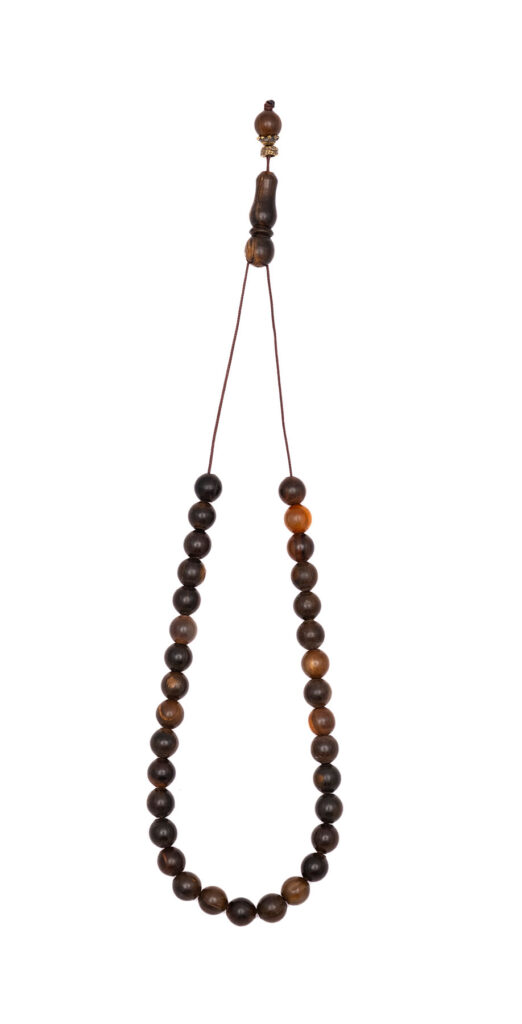Hey gang. Disheartening news: we are behind schedule for the first time ever. I know, it’s devastating, but we will make it through this hardship to April… where we’ll be looking at African beads!!! Very exciting, almost makes you forget about the great woes of March. Basically, I should have planned a little better around our spring break week but I ended up trying to rush the whole process in two weeks instead. Don’t do that.
After drawing up my plans I realized I had no idea how to make ceramics look like amber (a traditional material for Komboloi beads), so I made an outrageous amount of glaze test squares to determine the perfect combination that would yield that nice orange glow.

Featured above is LG-57 “Intense Red”, TP-64 “Carrot”, V-303 “Terracotta”, LG-65 “Amber”, and S-2729 “Citrus Splash”. I tested nearly every possible combination of these glazes on red and white clay to see what would look the best, mostly using LG-65 as a topper for the other glazes to get that marbled burnt look.

I ended up picking red clay because it seemed like I might get a better undertone with that as a base, and I think I was right! I ended up liking Carrot + Amber, Intense Red + Amber, and Citrus Splash + Amber (all above) more than the rest of the testers. I’m pretty new to layering glazes but I was pleased with these even if Citrus ended up a little wonky. For now, the plan if definitely to glaze the beads with the Carrot combo because I think that captured the orange tone the best.

I will be very honest and vulnerable for a moment and tell you, cherished reader, that I made a truly abysmal first version of the owl charm. I had been making those tiny circle beads for two hours and I was so sick of having fancy mud on my hands that I did a poor job and ended up having to redo it later anyway because it looked so bad. This raw and emotional story (sarcasm) is an example of why it’s okay to take breaks, and how making art is so not worth it if you aren’t enjoying yourself (serious). I did a second pass at the owl charm for Athena and I’m much happier with it now. A lot of the delays came from having to expand the holes in every single bead because I poked them too small the first time and they would have closed after a bisque firing (because clay shrinks when you fire it!!). Rather than keep rushing through this week and risking a kiln explosion (I’m still explosionless for now, will keep you updated) by glazing and bisque-firing at the same time, I’ll be dipping these bad boys in glaze next week and tossing them in the kiln afterword.
I’ll be back here later to tell you more about the super exciting stuff to come, and I’ll hopefully have some history for you all about Mali and Burkina Faso!! Get hyped!











